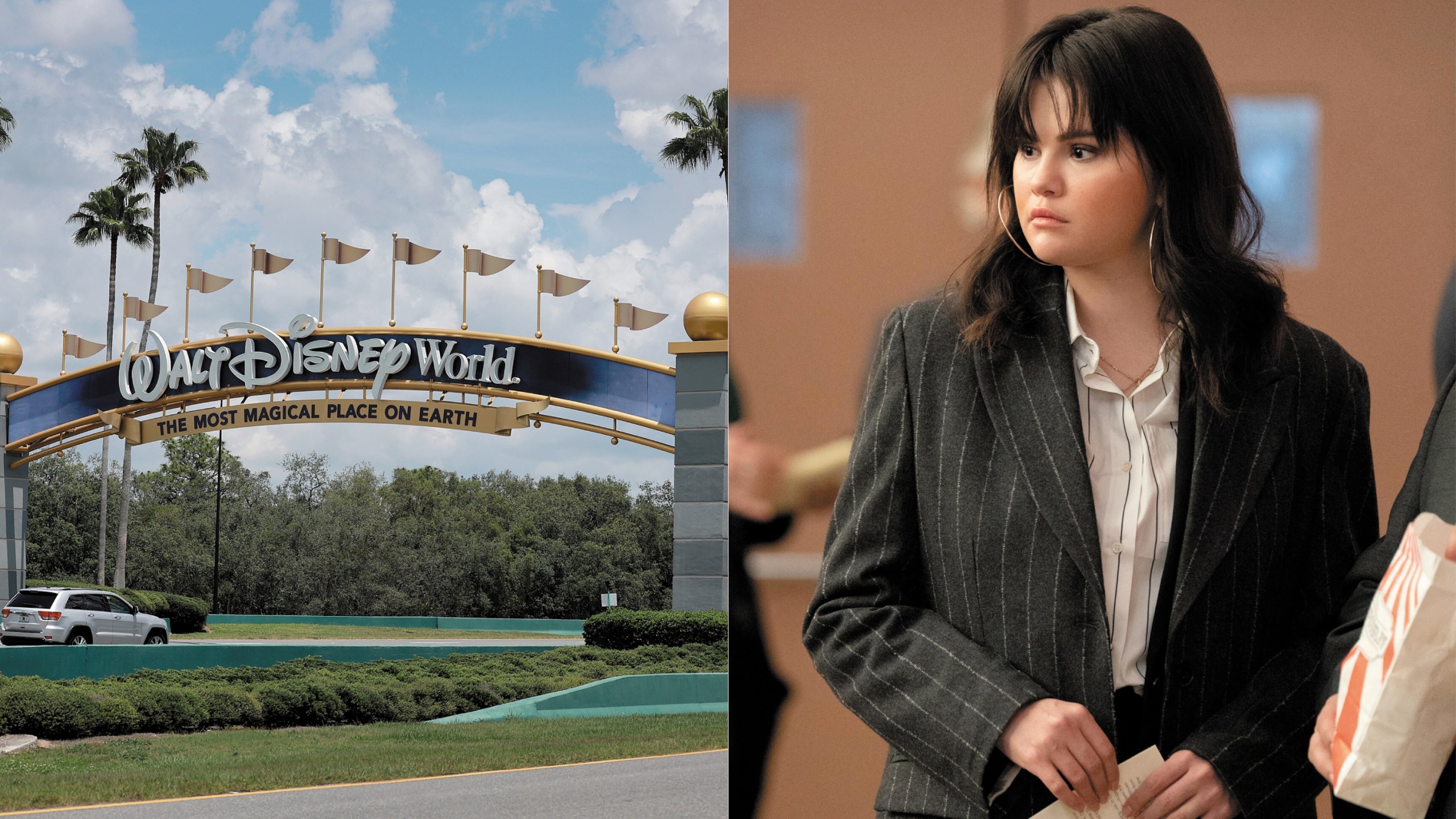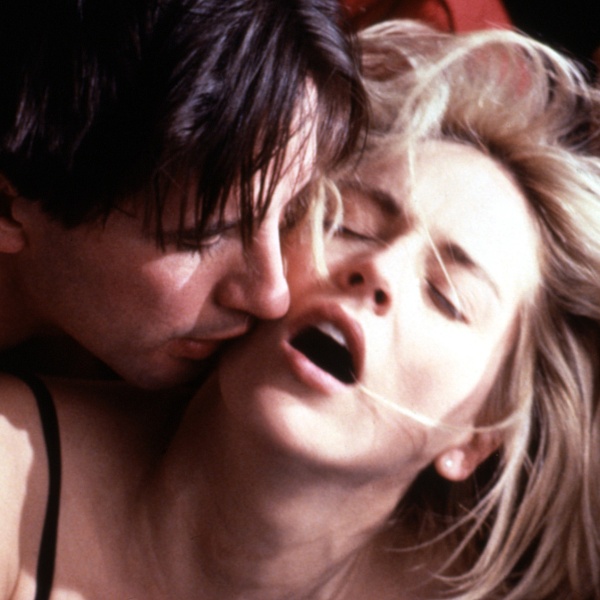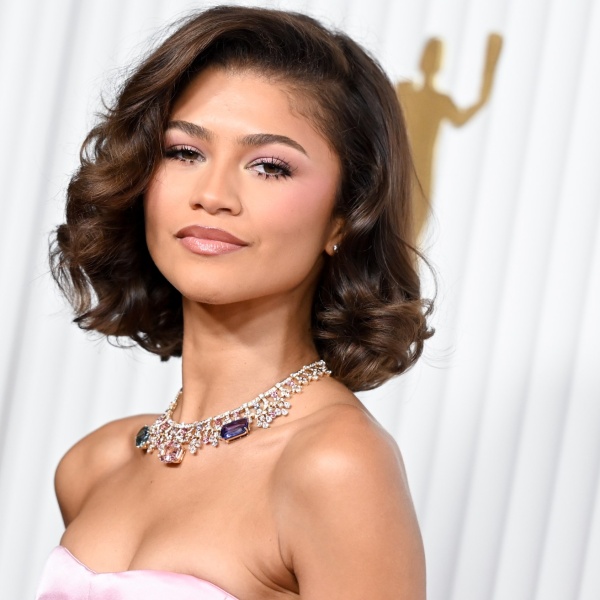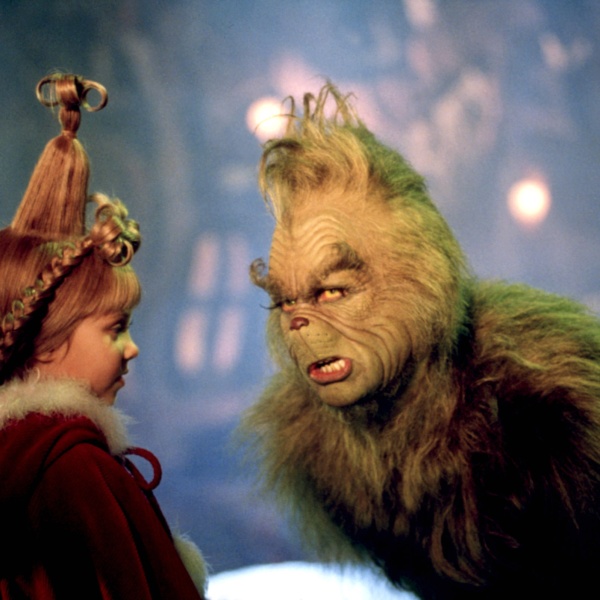If one Disney is good, could two Disneys be better?
That’s media analyst Michael Nathanson (of MoffettNathanson’s) basic theory, one that on Wednesday Disney CEO Bob Iger said he was “looking forward to reading” about in more detail. It’s possible he was just being polite.
On the Disney fiscal Q3-earnings conference call, Nathanson asked Iger: Why not spin off Disney’s parks, Disney+, and its studio IP into a new company, leaving linear TV, ESPN+, Hulu (including Hulu + Live TV), and Disney+ Hotstar right where they are? His premise: Why should investors take the bad with the good if they don’t have to?
“I’m not gonna comment on the future structure of the company or the asset makeup of the company. As I’ve said, we’re looking at strategic options both for ESPN and for the linear networks, obviously addressing all the challenges that those businesses are facing,” Iger responded. “I’m looking forward to reading your thesis on it. Maybe you’ll give us some ideas about it, but I’m not going to make any comments about it right now.”
Well Bob, Nathanson emailed us (and his clients) that thesis at 6:30 a.m. ET. We (he) can give you some ideas.
“We think there is a clear case to be made that under any scenario Disney’s assets are worth materially more than its current enterprise value,” Nathanson wrote. The current enterprise value is about $213 billion — and three-quarters of that is the parks, experiences, and consumer products.
Welcome to the newest trend in Hollywood: unlocking value! It’s what Lionsgate is doing by splitting up its studio and Starz — now due in Spring 2024 — and what Nathanson’s peers at bank Wells Fargo believe AMC Networks needs to do.
While the play may be new in the current landscape, the actual whole vs. sum-of-the-parts concept is ancient. Except, when Aristotle coined the phrase, it was meant to suggest the “whole” is where the value lies. For media in 2023, the opposite is true.
With theoretical New Disney’s “high moat” (competitive advantages), “iconic assets,” and “strong revenue growth,” it would get re-rated by analysts and trade for a premium, Nathanson said. And Old Disney? “We have no illusions that the market will be generous in the valuation of these businesses.”
Let Old Disney and its low margins tread water with the other legacy TV companies while New Disney — and its higher multiple — soars, Nathanson told Indiewire.
Nathanson believes Disney’s parks, cruises, and products division is being undervalued by both the current corporate structure and “the fact that media analysts, not leisure analysts, cover this stock.” He’s a media analyst, so he can say that.
It may seem minor, but that distinction alone could be worth billions.
Now imagine adding Disney’s studio and its core streaming service to the equation without any of the loss-leader assets getting in the way. (Hulu SVOD: you’re still cool.) After all, IP is what powers this whole thing and Disney+ should be profitable soon.
Iger has said he is open to finding partners for ESPN (he recently inked a $2 billion deal with Penn National for ESPN Bet) and to selling off Disney’s linear-television networks entirely. Sans IPL cricket rights, Disney+ Hotstar is hemorrhaging subscribers (and didn’t make money, anyway). And just six months ago, Iger sounded like he was willing to let Hulu go.
Go all the way, Bob.
With a status quo structure, Nathanson’s new price target for Disney is $115 per share, down from $120. (Other analysts, post-earnings: Macquarie is staying at $94, Wells Fargo ticked up its DIS price target from $146 to $147, and Rosenblatt trimmed its price target by $9 to $102.) On Thursday, shares of DIS closed at $91.76.

On Wednesday, Disney reported its streaming business lost a half-billion dollars from April to June, which represented an improvement. As Disney+ added 800,000 subs in the quarter, the Indian version, Disney+ Hotstar, lost 12.5 million.
Disney also cut the year’s content spend by $3 billion, jacked up prices for Disney+, Hulu, and ESPN+, and announced a Disney+ password-sharing crackdown coming to the U.S. next year. And oh yeah, Iger tried a little tenderness this time with the actors and writers currently on strike. It went over better than his last attempt.




